 W
WJosé Alonso was an Argentine politician and trade-unionist.
 W
WPedro Eugenio Aramburu Silveti was an Argentine Army general. He was a major figure behind the Revolución Libertadora, the military coup against Juan Perón in 1955. He became dictator of Argentina, serving from November 13, 1955 to May 1, 1958. He was kidnapped by the radical organization Montoneros on May 29, 1970 and murdered, allegedly in retaliation for the June 1956 execution of General Juan José Valle, an army officer associated with the Peronist movement, and 26 Peronist militants after a botched attempt to overthrow his regime.
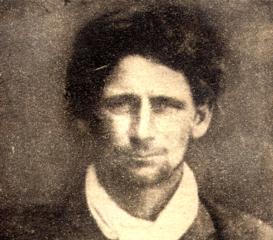 W
WJuan Bautista Bairoletto or J.B. Vairoletto, was an Argentine outlaw born in Santa Fe province, the son of Italian immigrants. Bailoretto fled from justice after killing a sheriff because of "lover matters" with a prostitute in Castex, a little town in La Pampa Province. This bandit was called the "Argentine Robin Hood" or El Robin Hood criollo and became a myth in Argentina after his death. He was shot and killed on September 14, 1941 amid a police ambush at his home in General Alvear, Mendoza, where he had settled some years before.
 W
WEnzo Bordabehere was an Argentine lawyer and politician. He was a National Senator for Santa Fe Province, and was assassinated in Congress during a session in the Argentine Senate.
 W
WJosé Luis Cabezas (1961–1997) was an Argentine news photographer and reporter who worked for Noticias, a leading local newsmagazine.
 W
WJorge Cáceres was an Argentine modern pentathlete and military general. His brother, José Rafael Cáceres Monié, was the Minister of Defense under the presidencies of Roberto Marcelo Levingston and Alejandro Agustín Lanusse.
 W
WJosé Luis Cuciuffo was an Argentine professional footballer who played as a centre back and who was part of the 1986 FIFA World Cup-winning Argentine national team.
 W
WDomingo Cullen was the governor of province of Santa Fe, Argentina during 1838.
 W
WThe Ezeiza massacre took place on June 20, 1973, at Puente 12(34.722438°S 58.513419°W), the intersection of General Ricchieri freeway and Camino de Cintura, some 10 km distant from Ezeiza International Airport in Buenos Aires, Argentina.
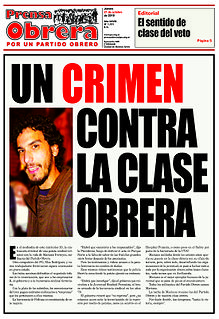 W
WOn 20 October 2010, Argentine student and left-wing activist Mariano Ferreyra was shot dead in Buenos Aires by members of a railway workers union.
 W
WSilvio Frondizi was an Argentine intellectual and lawyer, brother of President Arturo Frondizi and of the philosopher Risieri Frondizi. He became active in leftist groups, and was assassinated in 1974 by the Triple A right-wing death squad that operated under the María Estela Martínez de Perón government.
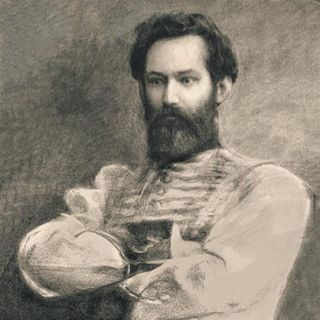 W
WMartín Miguel de Güemes was a military leader and popular caudillo who defended northwestern Argentina from the Spanish during the Argentine War of Independence.
 W
WJuan Galo Lavalle was an Argentine military and political figure.
 W
WCristina Lemercier was an Argentine actress and television presenter. Her mother, a Peronist, took Lemercier to an acting audition when she was a teenager. She had two sisters, Gloria and Maria Rosa Perone. In 1968, she married the singer Freddy Tadeo, brother of Palito Ortega. They had three children, Pablo, Paula, and Julia. She died from a gunshot wound to the head.
 W
WCarlos Washington Lencinas was an Argentine politician and governor of Mendoza, Argentina.
 W
WClaudio Hugo Lepratti, popularly known as Pocho Lepratti, was an Argentine political activist volunteer who worked in a poor neighbourhood in the city of Rosario, and who was shot and killed by the Santa Fe Provincial Police during the December 2001 riots, when he tried to stop police agents from firing at a children's school.
 W
WRicardo Ramón López Jordán (1822–1889) was an Argentine soldier and politician, one of the last influential "caudillos" in the history of Argentina. He thrice rebelled against the government of Buenos Aires and was defeated in each attempt.
 W
WBrigadier Juan Mackenna was an Irish-born, Chilean military officer and hero of the Chilean War of Independence. He is considered to have been the creator of the Corps of Military Engineers of the Chilean Army.
 W
WCarlos Mugica was an Argentine Roman Catholic priest and activist.
 W
WPatagonia Rebelde was the name given to the uprising and violent suppression of a rural workers' strike in the Argentine province of Santa Cruz in Patagonia between 1920 and 1922. The uprising was put down by Colonel Héctor Benigno Varela's 10th Cavalry Regiment of the Argentine Army under the orders of President Hipólito Yrigoyen. Approximately 300-1,500 rural workers were shot and killed by the 10th Cavalry Regiment in the course of the operations, many of them executed by firing squads after surrendering. Most of the executed were Spanish and Chilean workers who had sought refuge in Argentina's Patagonia after their violent strike in the city of Puerto Natales in southern Chile on 27 July 1920 was crushed by the Chilean authorities, at the cost of four carabiniers killed. At least two Argentine soldiers, three local policemen and a number of ranch owners and their relatives also died during the strife. Several of the captured women were raped in the uprising as the rebel forces fought for control of the territory. The most detailed narrative of these events is that by Osvaldo Bayer, summarized in English by Bruce Chatwin in 1976.
 W
WJuan Pascual Pringles was a distinguished military leader in the Spanish American wars of independence, with the rank of colonel, and later a leader of the Argentine Unitarian Party.
 W
WJuan Facundo Quiroga was an Argentine caudillo who supported federalism at the time when the country was still in formation.
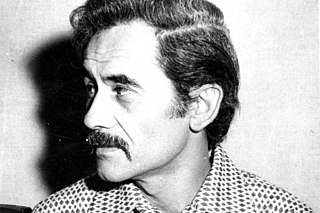 W
WJosé Ignacio Rucci was an Argentine politician and union leader, appointed general secretary of the CGT in 1970. Close to the Argentine president Juan Perón, and a chief representative of the "syndical bureaucracy" ; he was assassinated in 1973.
 W
WOberdan Sallustro was an Italian-Paraguayan entrepreneur, Director General of FIAT Concord in Argentina. He was kidnapped and killed in 1972 by the Ejército Revolucionario del Pueblo (ERP) guerrilla group, according to newspaper reports.
 W
WThe San Patricio Church massacre was the murder of three priests and two seminarians of the Pallottine order on July 4, 1976, during the Dirty War, at St. Patrick's Church, located in the Belgrano neighborhood in the City of Buenos Aires, Argentina. The victims were priests Alfredo Leaden, Alfredo Kelly, and Pedro Duffau and seminarians Salvador Barbeito and Emilio Barletti. The murders were ordered by an Argentine Navy admiral.
 W
WMario Roberto Santucho was an Argentine revolutionary and guerrilla combatant, founder of the Partido Revolucionario de los Trabajadores and leader of Argentina's largest Marxist guerrilla group, the Ejército Revolucionario del Pueblo.
 W
WCarlos Ernesto Soria was an Argentine lawyer and Justicialist Party politician. He died in the early hours of January 1, 2012, from a gunshot wound, at his farm, after the New Year celebrations. Soria was the governor of Rio Negro Province at the time. His widow was charged with first-degree murder on January 19, 2012.
 W
WJuan José Torres González was a Bolivian socialist politician and military leader who served as the 50th President of Bolivia from 1970 to 1971, when he was ousted in a US-supported coup that resulted in the dictatorship of Hugo Banzer. He was popularly known as "J.J." (Jota-Jota). Juan José Torres was murdered in 1976 in Buenos Aires, in the frame of the United States-backed campaign Operation Condor.
 W
WJusto José de Urquiza y García was an Argentine general and politician. He was president of the Argentine Confederation from 1854 to 1860.
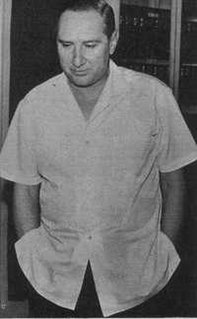 W
WAugusto Timoteo Vandor (1923–1969) was an Argentine trade unionist leader, naval non-commissioned officer and politician.
 W
WRodolfo Jorge Walsh was an Argentine writer and journalist of Irish descent, considered the founder of investigative journalism. He is most famous for his Open Letter from a Writer to the Military Junta, which he published the day before his murder, protesting that Argentina's last civil-military dictatorship's economic policies were having an even greater and disastrous effect on ordinary Argentines than its widespread human rights abuses.
 W
WKurt Gustav Wilckens (1886-1923) was a militant German anarchist, known in Argentina for having avenged the massacre of hundreds of workers on strike in the repression unleashed by the Argentine government in response to the prolonged labor uprising later known as Patagonia rebelde/Rebel Patagonia. Wilckens assassinated Lieutenant Colonel Héctor Benigno Varela, the military leader in charge of the brutal repression.